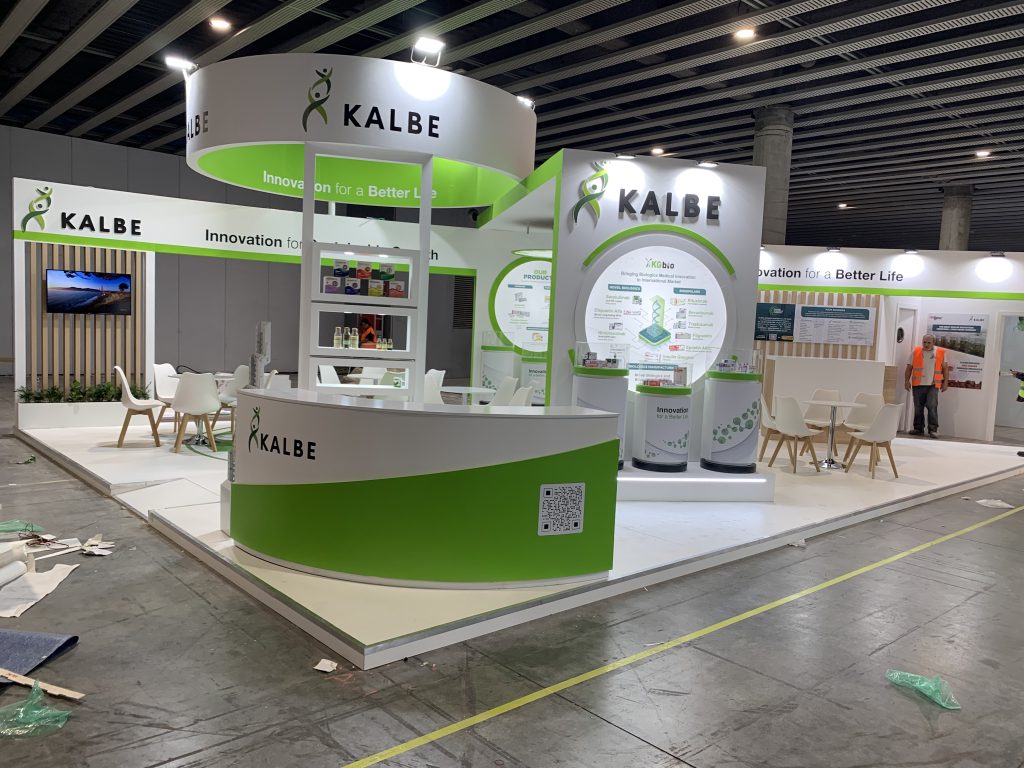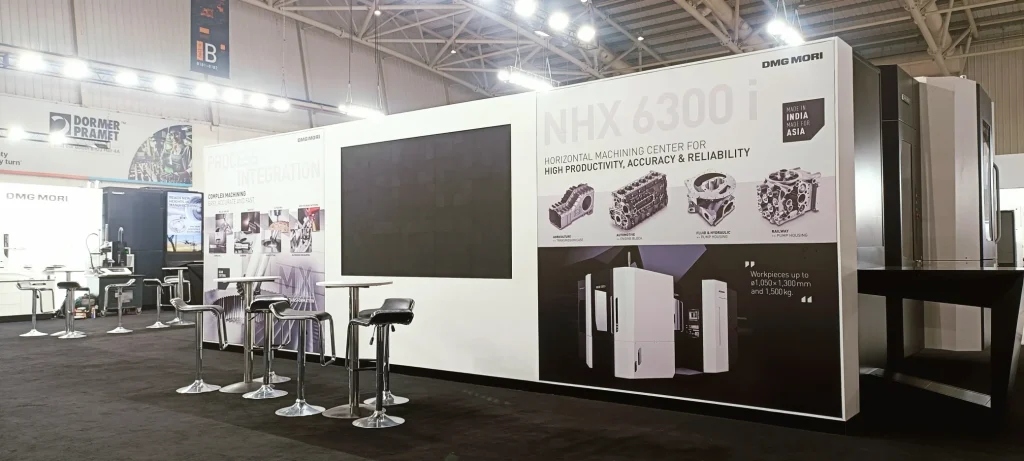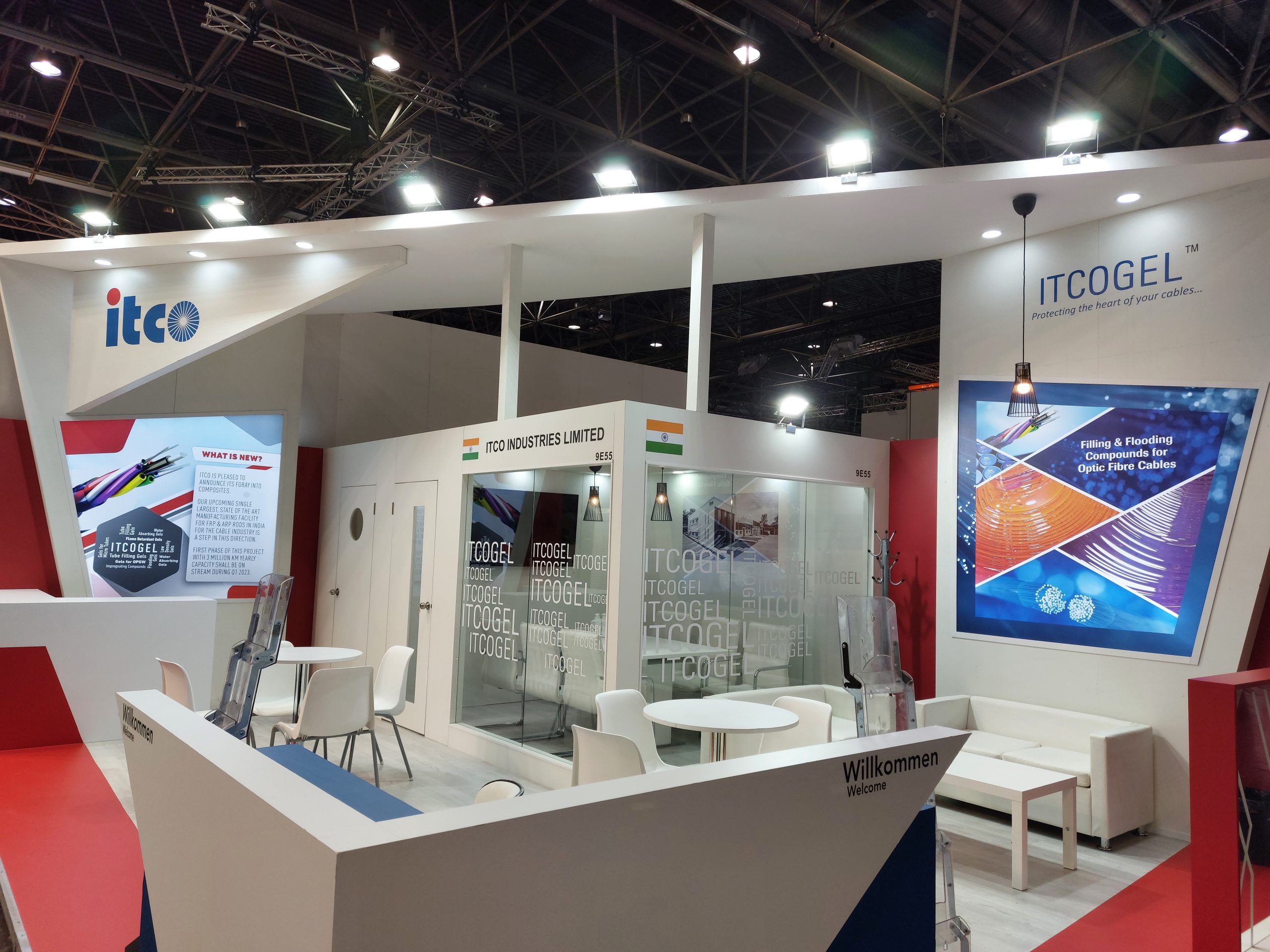
Introduction:
Trade shows are vibrant events where businesses showcase their products, network with industry peers, and engage with potential customers through trade show booths. However, in the pursuit of creating visually appealing booths, it’s essential not to overlook the importance of accessibility.
Designing a trade show booth with accessibility in mind ensures that all attendees, including those with disabilities, can fully participate and engage with your brand. In this guide, we’ll explore key considerations and best practices for designing a trade show booth that is inclusive and accessible to all.
1. Wheelchair Accessible Design:
- Ensure that your booth layout allows ample space for wheelchair users to maneuver comfortably.
- Avoid obstacles such as steps or narrow pathways that may impede accessibility.
- Provide clear signage indicating wheelchair-accessible entrances and pathways.
2. Low-Height Displays and Counters:
- Design displays, counters, and product showcases at lower heights to accommodate attendees who use wheelchairs or have mobility limitations.
- Ensure that important information and promotional materials are displayed at eye level for all attendees to easily access.
3. Braille and Large Print Materials:
- Offer printed materials such as brochures, product information sheets, and signage in braille and large print formats for attendees with visual impairments.
- Clearly label booth signage and product displays with high-contrast text and graphics for improved visibility.
4. Accessible Seating Options:
- Provide a variety of seating options, including chairs with armrests and space for mobility devices, to accommodate attendees with varying needs.
- Ensure that seating areas are positioned strategically throughout the booth to allow for rest and relaxation.
5. Audio Descriptions and Assistive Technology:
- Offer audio descriptions or guided tours of your products and services for attendees with visual impairments.
- Provide assistive technology such as screen readers or magnification tools for accessing digital content and interactive displays.
6. Clear Communication and Staff Training:
- Train booth staff to communicate effectively with attendees of all abilities and to offer assistance as needed.
- Provide staff with guidance on disability etiquette and sensitivity to ensure a positive and inclusive experience for all attendees.
7. Multilingual Support:
- Offer multilingual support and interpretation services for attendees who may have language barriers or communication preferences.
- Ensure that signage, printed materials, and staff interactions are accessible and culturally sensitive.
8. Universal Design Principles:
- Incorporate universal design principles into your booth layout and features to ensure usability for attendees of all abilities.
- Consider factors such as clear sightlines, intuitive navigation, and ergonomic design to enhance accessibility and user experience.
Conclusion:
Designing a trade show booth for accessibility goes beyond aesthetics—it’s about creating an inclusive environment where all attendees can participate, engage, and connect with your brand. By incorporating wheelchair accessible design, providing alternative formats for printed materials, offering accessible seating options, and implementing clear communication and staff training, you can ensure that your trade show booth is welcoming and accessible to attendees of all abilities. With thoughtful planning and consideration, you can create a trade show experience that is truly inclusive and memorable for everyone.


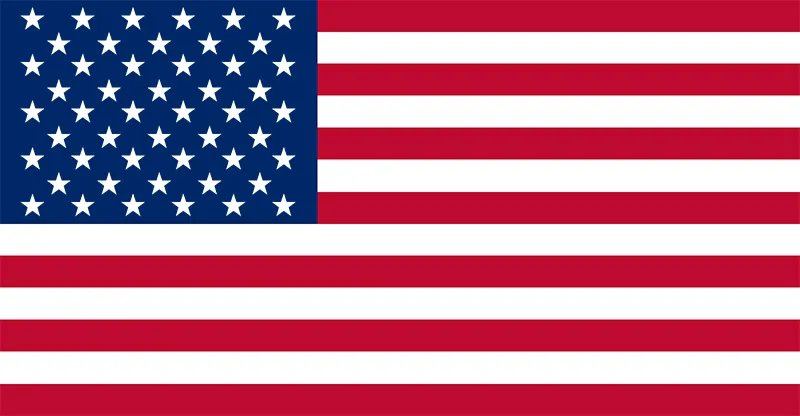 US
US
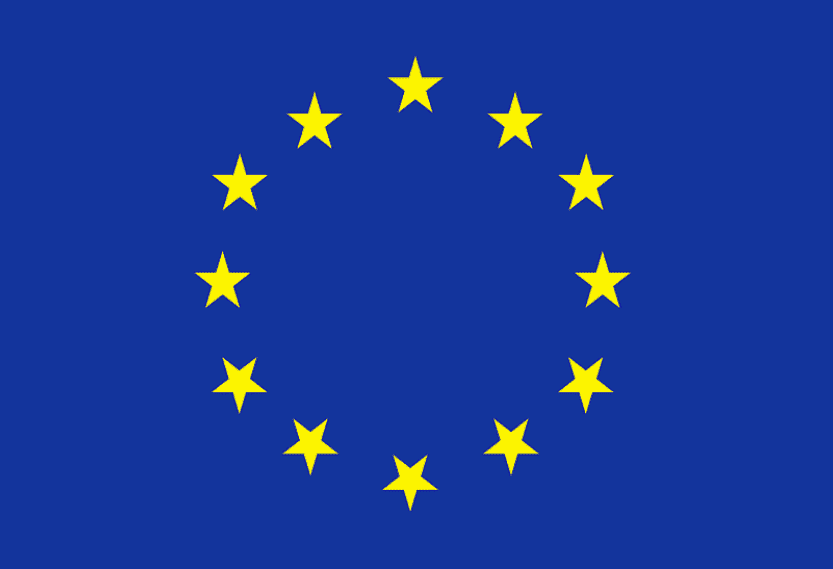 EU
EU
